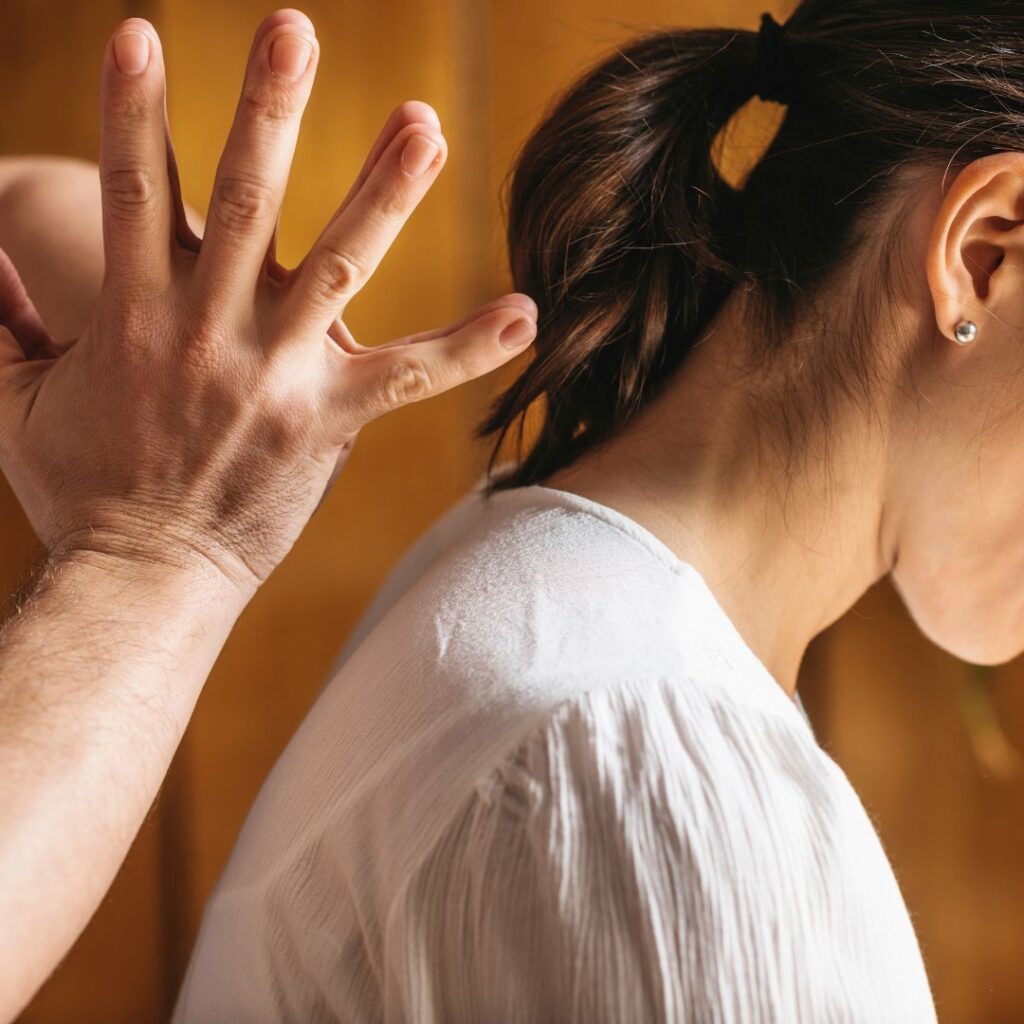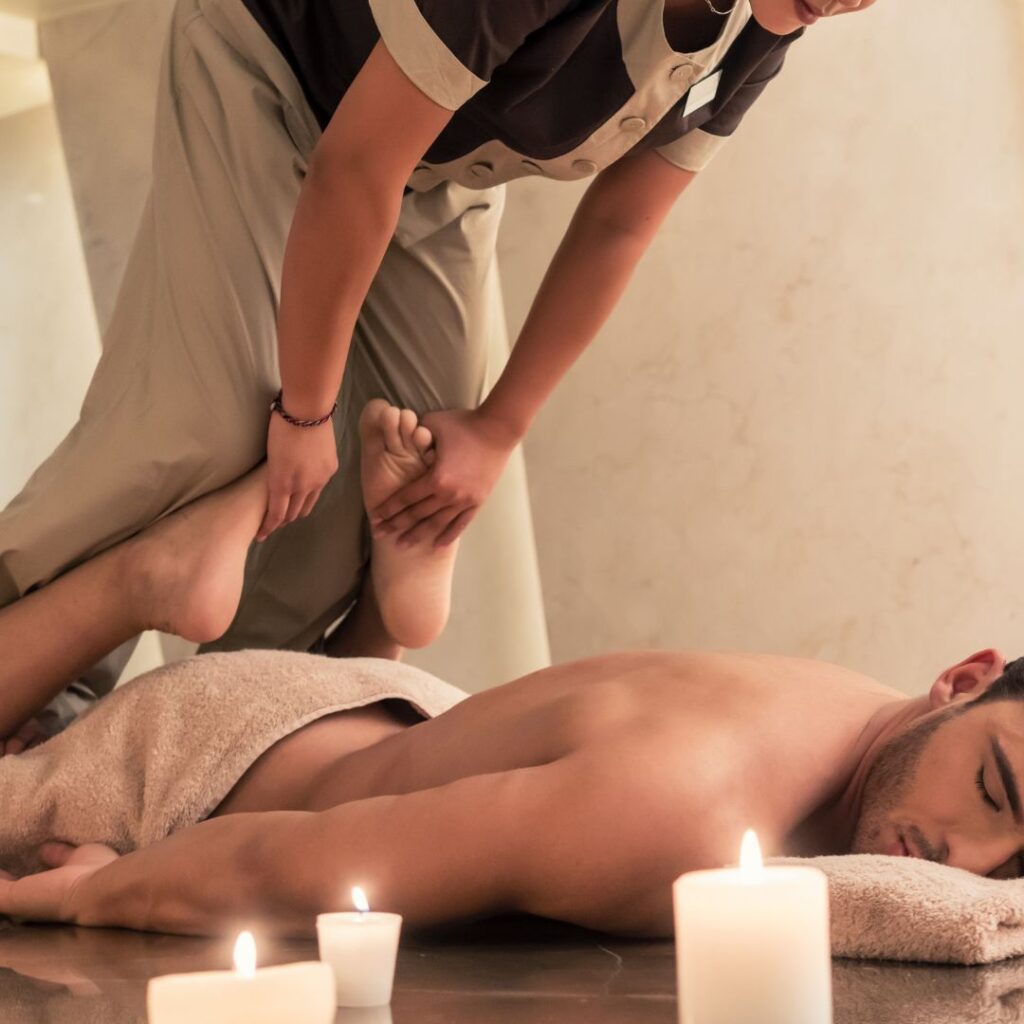Thai massage, also known as Nuad Thai, is a unique healing system that combines acupressure, Ayurvedic principles, and assisted yoga postures. Its roots stretch back over 2,500 years, with influences from Indian, Chinese, and Southeast Asian medical traditions. In Thailand, it is both a therapeutic practice and a revered cultural heritage, recognized by UNESCO as part of the country’s Intangible Cultural Heritage. Understanding the history of Thai massage helps practitioners and enthusiasts alike appreciate the depth, philosophy, and power behind every movement and touch.
Origins Rooted in Ancient Healing
Thai massage is believed to have been founded by Shivago Komarpaj, a physician who was a contemporary of the Buddha. Ancient texts suggest that this system was brought from India to Thailand, where it was nurtured in temples and monasteries. Traditionally practiced by monks as part of Thai medicine, the massage was often used to treat illness, relieve pain, and balance the body’s energy. Over centuries, this healing art evolved into a structured practice that integrates physical, mental, and spiritual wellness.

The Temple Connection
Historically, Thai massage was closely tied to Buddhist temples, which served as both healing centers and educational institutions. Wat Pho in Bangkok remains one of the most significant landmarks in Thai massage history, acting as a major hub for training and preservation of traditional techniques. These temples upheld the spiritual dimension of massage, emphasizing compassion, mindfulness, and intention. Practitioners were taught to meditate before offering massage to ensure they transmitted healing energy and not personal stress or negativity.
A Holistic Approach to Healing
Unlike many Western massage techniques that focus solely on muscles and joints, Thai massage addresses the body’s energy lines, or “sen.” Therapists apply rhythmic pressure and perform assisted stretches along these lines to remove blockages and restore harmony. This holistic approach helps improve circulation, flexibility, and overall vitality. The blend of dynamic movement, acupressure, and stillness stimulates both physical and energetic healing, making it suitable for people of all ages and health conditions.
Revival and Global Recognition
Thai massage saw a revival in the 20th century as Thailand began promoting its cultural assets globally. With the rise of wellness tourism, more people traveled to Thailand specifically to learn and experience Nuad Thai. Institutions like Nuad Thai School have played a pivotal role in standardizing training and certification, ensuring the authenticity and quality of instruction. As a result, Thai massage is now practiced around the world, with therapists drawing upon traditional methods taught in Thai schools.
Modern Practice with Traditional Roots
Today, Thai massage continues to thrive both in Thailand and internationally. While modern wellness centers may adapt it for contemporary settings, the foundational techniques and philosophies remain deeply respected. Aspiring practitioners often combine traditional Thai methods with modern anatomy knowledge to offer safe and effective treatments. The integration of ancient wisdom with current practices ensures that Thai massage remains relevant and impactful in the modern age.

Healing Beyond the Physical
What makes Thai massage particularly unique is its capacity to heal on multiple levels. Recipients often report not only reduced physical pain, but also emotional release and mental clarity. The practice encourages relaxation, mindfulness, and connection—values deeply embedded in Thai culture. For both the giver and receiver, it can be a meditative and spiritually uplifting experience.
Final Thoughts
The history and healing power of Thai massage reflect a remarkable journey of cultural wisdom, resilience, and evolution. Whether you’re receiving your first session or pursuing certification at Nuad Thai School, you are partaking in a living tradition that continues to transform lives across generations and continents.

